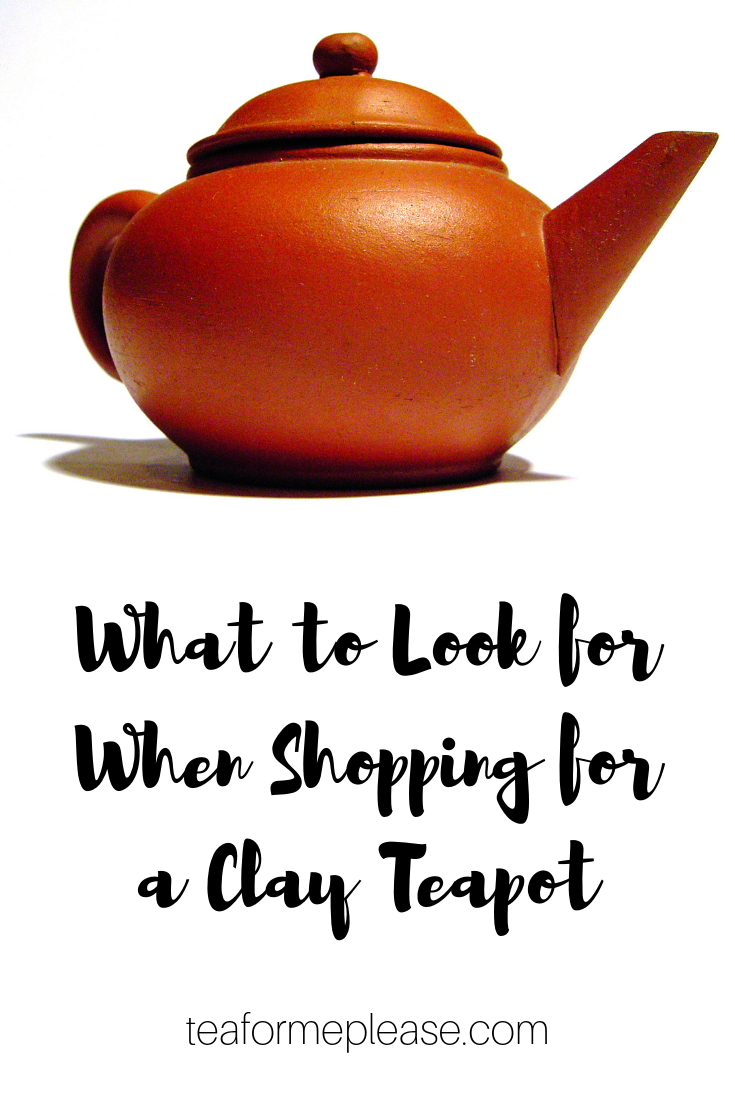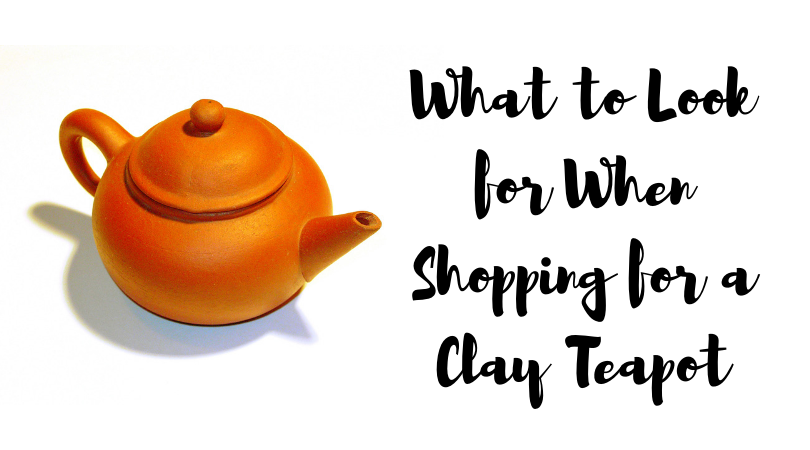Shopping for a clay teapot can be an exciting yet arduous exercise. There isn’t a lot of information available, especially for those that are just starting out. This post is meant as a basic guide but I wouldn’t consider myself an expert on clay pots by any means.
Yixing is the type of clay discussed most often but it is not the only one out there. Jianshui teapots from Yunnan have become quite popular. You’ll find clay pots manufactured in Taiwan as well. I think the same general rules still apply so this post isn’t focused solely on yixing.
There are a number of factors to consider before purchasing a clay teapot. What matters to one tea drinker may not make a difference to another. Here are some of the things that I look at before taking the leap:
Authenticity
If it sounds too good to be true, it generally is. This old axiom pops up when discussing many topics in the tea world. You’ll hear a lot of tall tales being told about clay teapots. Unscrupulous vendors will tell you how they magically change the taste of the tea and that if you use them enough you won’t need to use tea leaves at all. I’ve also heard stories of shoe polish being used to fake the appearance of an antique pot.
The first thing for modern tea drinkers to know about Yixing clay is that most of the mines have been closed by the Chinese government. Pots made with the real deal are going to be expensive for this reason. While they might make a perfectly OK cup of tea, you will not find authentic teapots in Chinatown grocery stores or on Amazon. Novelty shapes or a lot of decorations are also an indicator of something that was mass-produced for export.
While it isn’t a guarantee, I tend to purchase pots that come with a certificate of authenticity. If you’re concerned about the safety of a teapot you already own, an inexpensive at-home lead test can help to put your mind at ease.
Recommended Vendors
Size and Shape
The main purpose of using clay teapots is to brew tea gongfu style. It is important to keep in mind that larger pots will require exponentially more leaf. Multiple infusions with a pot that holds multiple cups of water are likely to be more than anyone could reasonably drink. I would recommend buying a pot that is no larger than 250ml unless you are serving a large group on a regular basis. My personal sweet spot seems to be about 150ml.
The shape of a teapot is an important factor to consider because it will affect how the tea is brewed. Larger leafed teas, like puerh, do well in flatter pots with wide openings. Tall pots with smaller openings are best used for aromatic oolongs. I avoid pots with narrow passages and extremely small openings because they are very difficult to clean. Nearly all of the pots that I own are the classic rounded xi shi shape. The fang gu pot pictured below is the latest addition to my collection.

Water Absorption
A good quality clay pot should be porous enough to absorb water quickly. When hot water or tea is poured over the teapot, you should be able to see it drying almost immediately. This is something I look for in both teapots and tea pets. Some people will brush tea onto their teapots in order to speed the build-up of a patina. Well-loved pots will develop a soft, yet deep shine after years of regular use.
Heat Retention
Part of why people may choose to use a clay teapot over porcelain or other materials is that clay has much greater heat retention. The additional heat will help to draw out the volatile compounds that give tea its complexity. Thicker walled pots will retain more heat than a similarly shaped one with thinner walls. White tea and young sheng puerh might do better in a thinner-walled pot whereas shou puerh and roasted oolongs benefit from more heat during brewing.
Pour
Pour just might be the most important feature for clay teapots. A slow, dribbling stream will result in over-brewed, astringent tea. The ideal teapot will have a fast, clean stream. A great way to test if a pot is well made is to plug up the air hole (usually located in the lid or just above the handle) with your finger. The flow of water should stop completely. This will only happen if the lid fits seamlessly.
What do you look for when shopping for a clay teapot? Is there something that should be on this list? Let me know about it in the comments below!
Pin It for Later!


Thank you for this! I didn’t know that most of the Yixing mines were already closed – makes sense why the real ones would be pricey.
I’ve got a question: if all the clay pots will absorb the tea, does that mean we should only be using one pot for one type of tea? I’ve heard that about Yixing but I didn’t hear anything about other types of clay pots
Some people select a specific tea while others might be more general (i.e. roasted oolongs). It takes a lot of use to truly season a pot so I’ll often experiment with a brewing a few different teas first in order to see what brews best in it.
One test I always apply is to fill the pot with water, put my finger over the spout and turn the pot upside down (Carefully!). The lid should stay in place. I know the pot is of reasonable quality for me.
That’s a great test too but one that makes me very nervous, lol